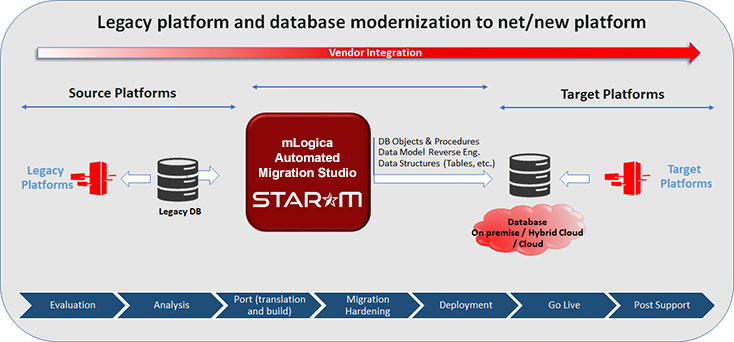In today’s business landscape, legacy databases are holding organizations back from achieving their digital transformation goals. As the support of these legacy databases decreases – investments in technology modernization must be made.
Maintaining legacy databases requires significant efforts, especially when the legacy IT solution is not a standalone application but integrated within its own complex environment of applications and databases. And it’s not just a matter of replacing one monolithic piece of software with another − it’s about modernizing your IT and making it leaner, faster, more agile, and more flexible. It’s about improving the end-user experience, and increasing efficiency in all dimensions (business, technology, and human resources).
The problem with legacy data is that it’s scattered, disordered and segmented by different formats, which makes it hard to manage and process. Legacy data is historical data that has been buried in old databases for ages, making it difficult or impossible to find or use. In order to create a solid foundation for your business and make use of your older information, companies need to migrate legacy databases to modern environments.

